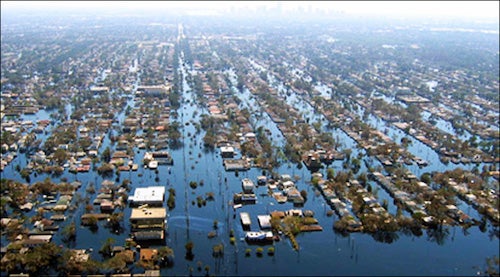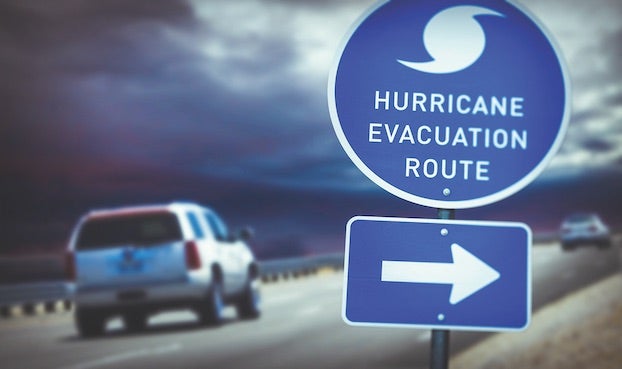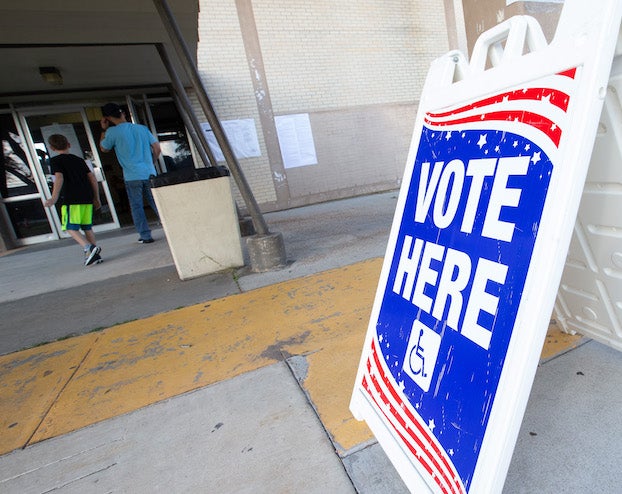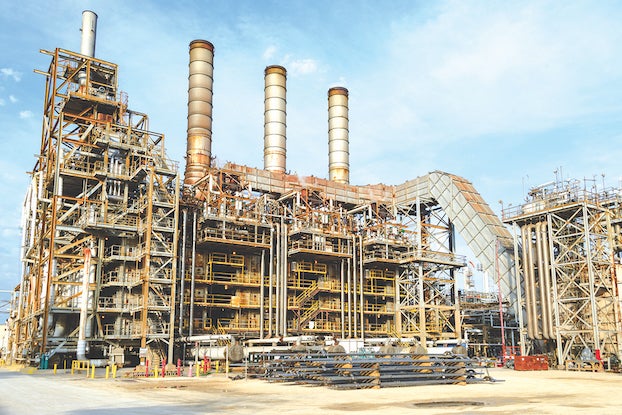Jim Beam column: Flood insurance costs surging
Published 6:37 am Thursday, April 28, 2022

- Louisiana homeowners like those in this photo will be hit harder than most when new FEMA flood insurance provisions affect the renewal of their policies. (National Weather Service).
When the company insuring my home called wanting to know its square footage and other information, I realized an increase in FEMA’s new flood insurance plan is on the way. And getting details about the plan is virtually impossible.
FEMA calls its new plan Risk Rating 2.0. Rates are based on distance from water, elevation, construction type and rebuilding costs. Rate increases are limited to 18 percent per year, but those increases keep coming annually and many policyholders will be forced to drop their coverage.
The new rates have already become effective for some of Louisiana’s 500,000 existing policyholders and others will begin seeing the change with their next renewal. The goal is to deal with the flood insurance program’s $20 billion debt.
I have been a longtime flood insurance policyholder, and my premiums have been in the $400 range for most of that time. However the last premium was $572. My renewal date is Sept. 23 and that is when I will find out what the next premium will be.
My home was in a flood zone until I got a letter from the city of Lake Charles in 2011. It said my property was no longer located in a special flood hazard area (SFHA).
Even though I appeared to be safe, I decided to keep buying flood insurance coverage. Historic rainfall and flooding hit this area in May of 2021, the third highest daily event on record. It came close, but flood water only rose to the middle of my front yard. Many others weren’t so lucky.
Louisiana has the highest participation rate in the National Flood Insurance Program of any state. The Advocate, in one of its many reports on the new program, said though less than 2 percent of Americans live here, 10 percent of the policyholders in the flood program call Louisiana home.
Information that is available on the new flood insurance program indicates half of those 500,000 policyholders in Louisiana can expect to see increases of at least 129 percent, phased in over multiple years. About 1 in 10 will see increases of more than 400 percent. About 20 percent will see decreases, all in the first year only.
Insurance for homes in the $250,000 to $500,000 range could go from $650 per year to about $3,500. The builder of a new house saw his policy go from $575 to about $3,800.
U.S. Reps. Steve Scalise, R-Jefferson, and Troy Carter, D-New Orleans, in a commentary in the newspaper said it will take a decade of 18 percent increases per year for over 355,000 Louisiana families to reach their final rate. In 2032, they said close to 40,000 policyholders will see increases with no end in sight.
Michael Hecht, president, and CEO of GNO (Greater New Orleans), in another commentary talked about the Coalition for Sustainable Flood Insurance that was born to deal with an earlier flood insurance reform measure called the Biggert-Waters Act of 2012. Another law was eventually passed to repeal parts of that act.
“Ensuring that the National Flood Insurance Program is fair, affordable, and accessible is essential if we want the program, and the communities it protects, to be here for the future,” Hecht said. “The Coalition for Sustainable Flood Insurance is back to help America meet this goal.”
Hecht said the new program has to be affordable, offer funding for ways to protect property from flooding and be transparent, which FEMA’s new plan hasn’t been.
Republican U.S. Sens. Bill Cassidy and John Kennedy and U.S. Reps. Garret Graves, R-Baton Rouge, and Carter have introduced legislation to deal with the rising cost of flood insurance. Unfortunately, it hasn’t been approved.
The high cost of flood insurance will definitely get higher in those communities affected by major land loss. And that includes all areas along the Louisiana coast affected by climate change.
“The Cost of Climate, ” an analysis by a New York foundation, listed 10 municipalities in Louisiana expected to have the greatest land loss over the next 30 years, and Lake Charles is among those 10.
A United Nations report issued Monday said from 1970 to 2000, the world suffered just 90 to 100 medium to large scale disasters a year. If current trends continue, the world will go from 400 disasters in 2015 to about 560 catastrophes a year by 2030.
If we don’t accept that climate change is real, people living along the coast could be looking for other places to live in the not-too-distant future.





